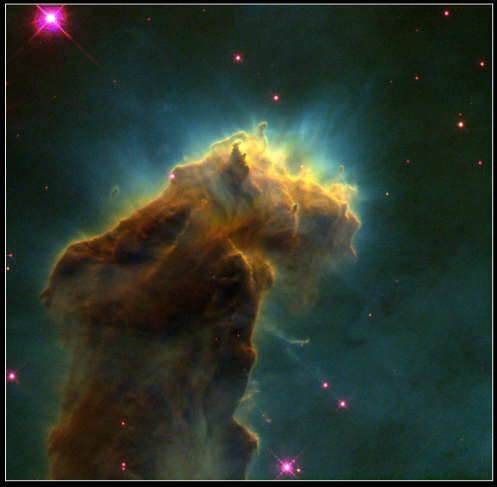Alright, I missed a few updates and 7 pages  eek
eek of posts. What's a kudos?
of posts. What's a kudos?
hbar: 69GC¤ (20+14+35) 1 Kudos
Star "Xanadu", 0614 (20¤)
Wormhole from 0614 - 1413 (30¤)
Xanadu I and II, one medium Gas Giant and one small Terrestrial (10 + 5¤)
One small asteroid field around Ender (4¤)
 eek
eek of posts. What's a kudos?
of posts. What's a kudos? hbar: 69GC¤ (20+14+35) 1 Kudos
Star "Xanadu", 0614 (20¤)
Wormhole from 0614 - 1413 (30¤)
Xanadu I and II, one medium Gas Giant and one small Terrestrial (10 + 5¤)
One small asteroid field around Ender (4¤)






 )
) ) 1 Kudos
) 1 Kudos